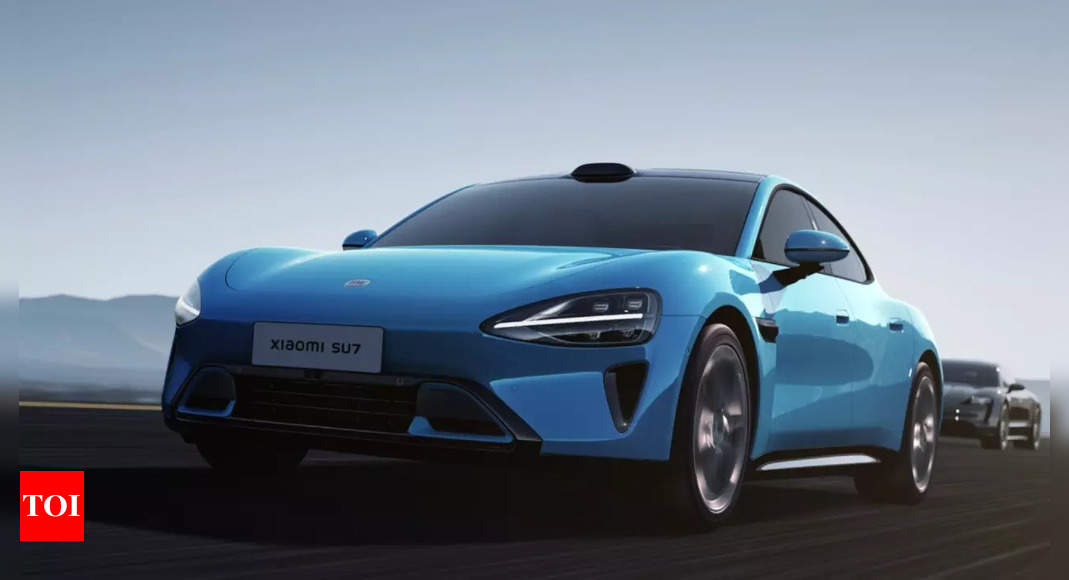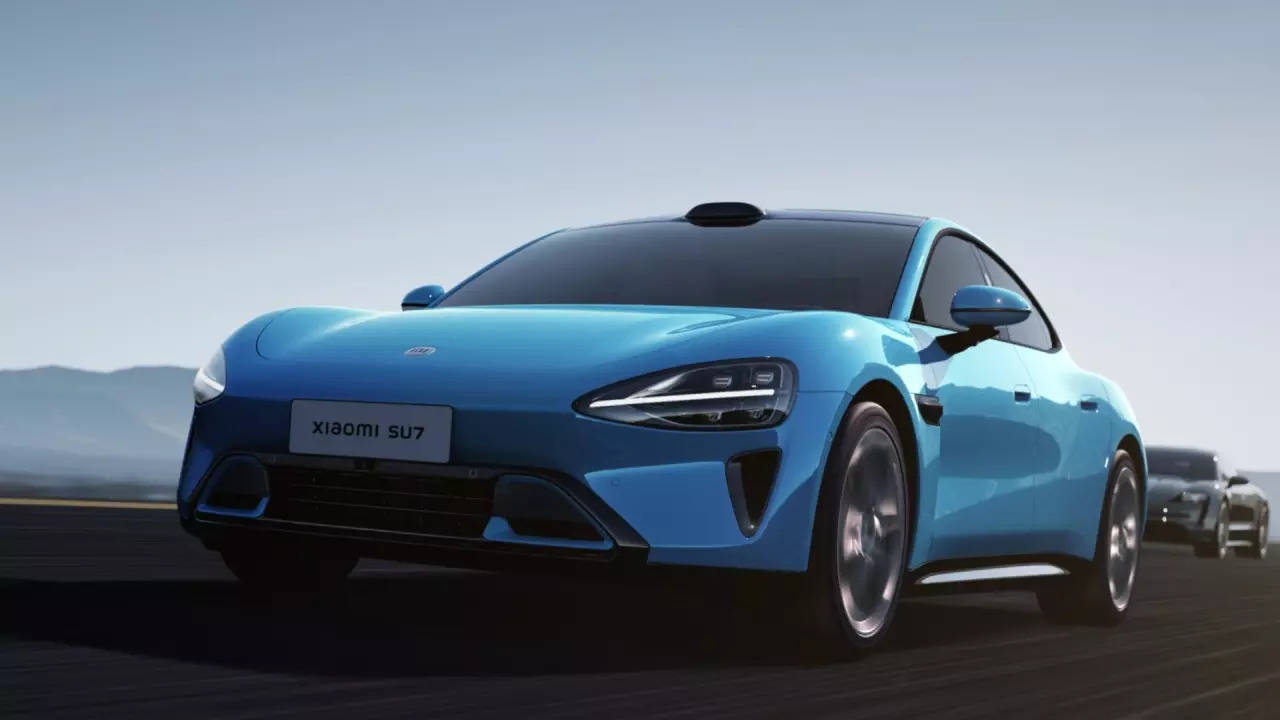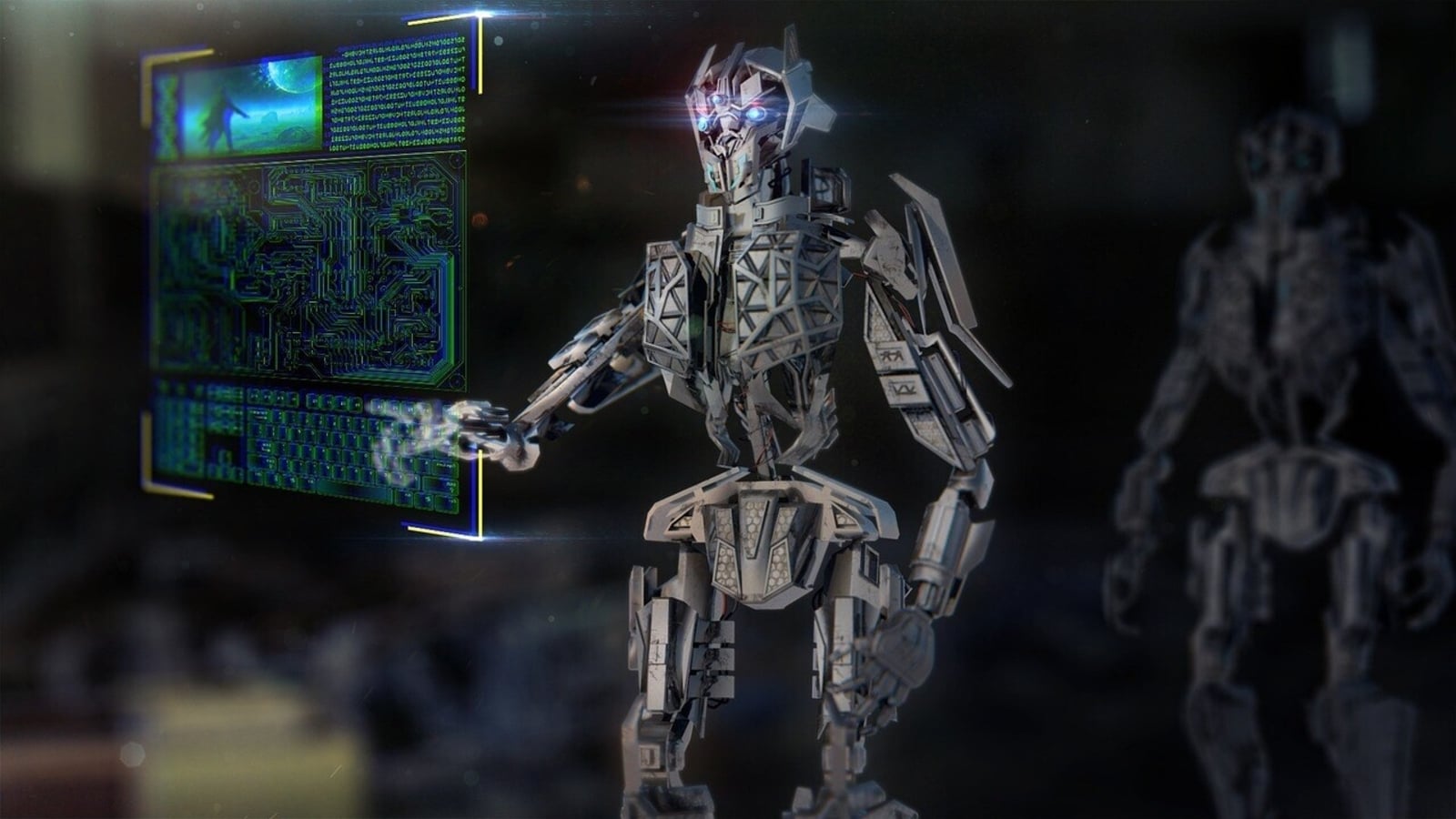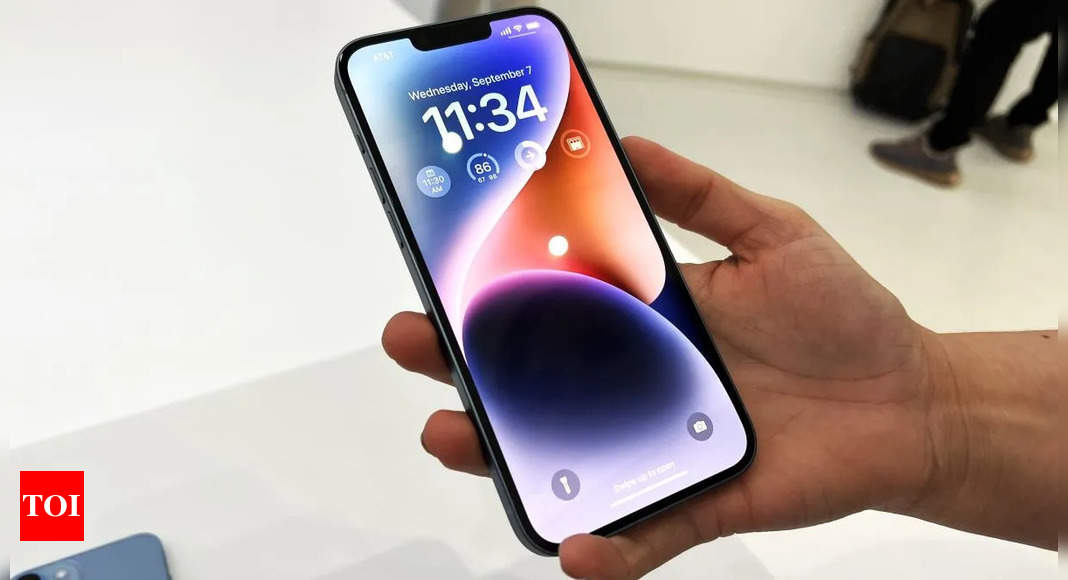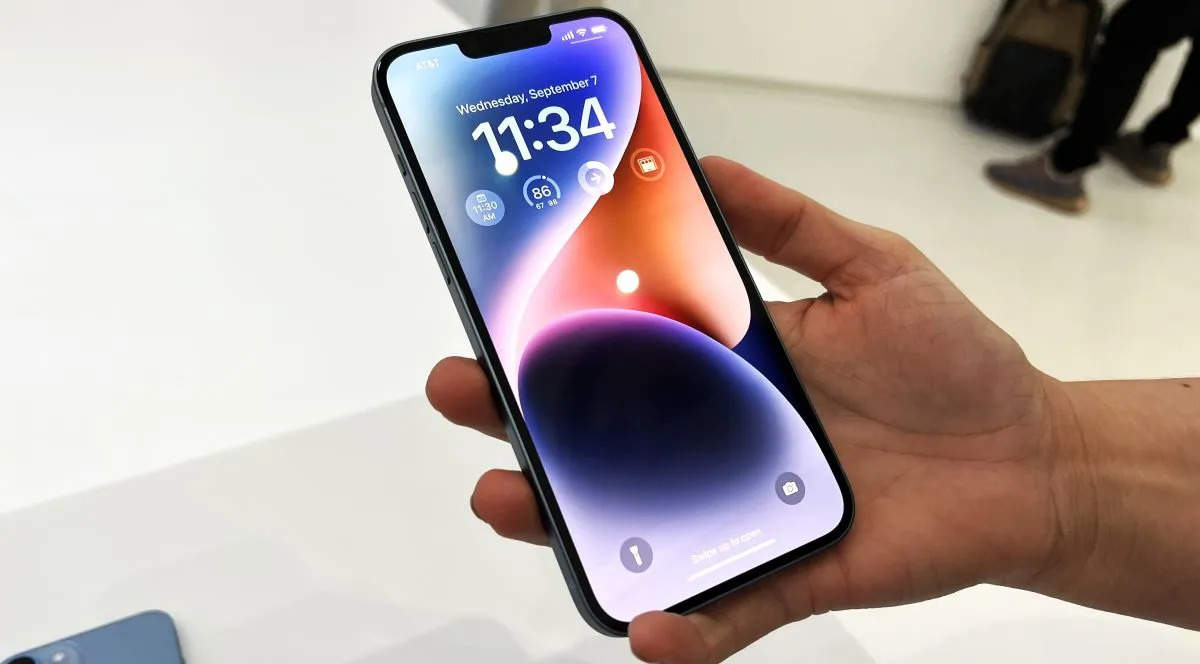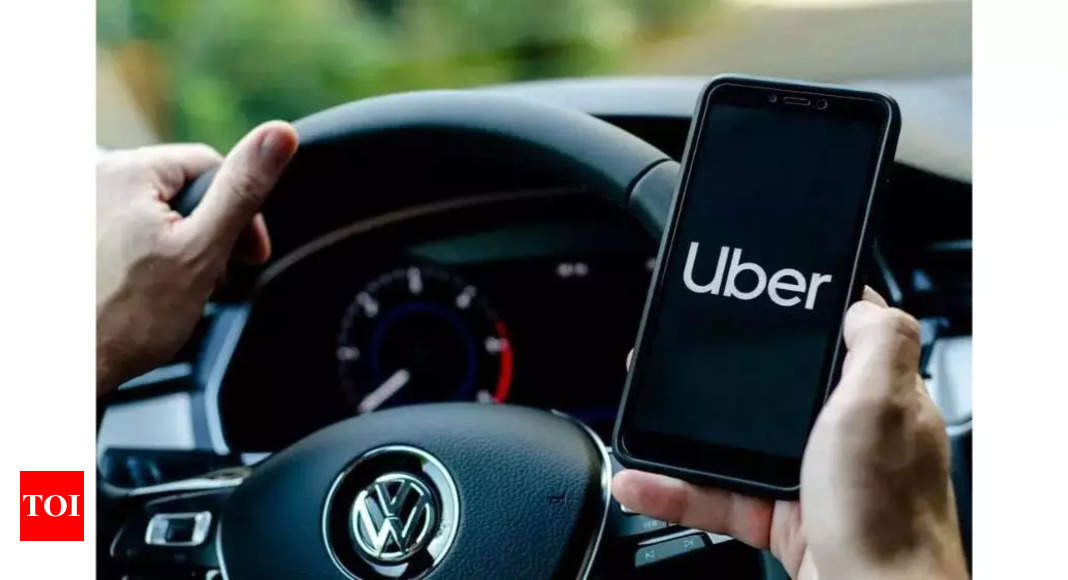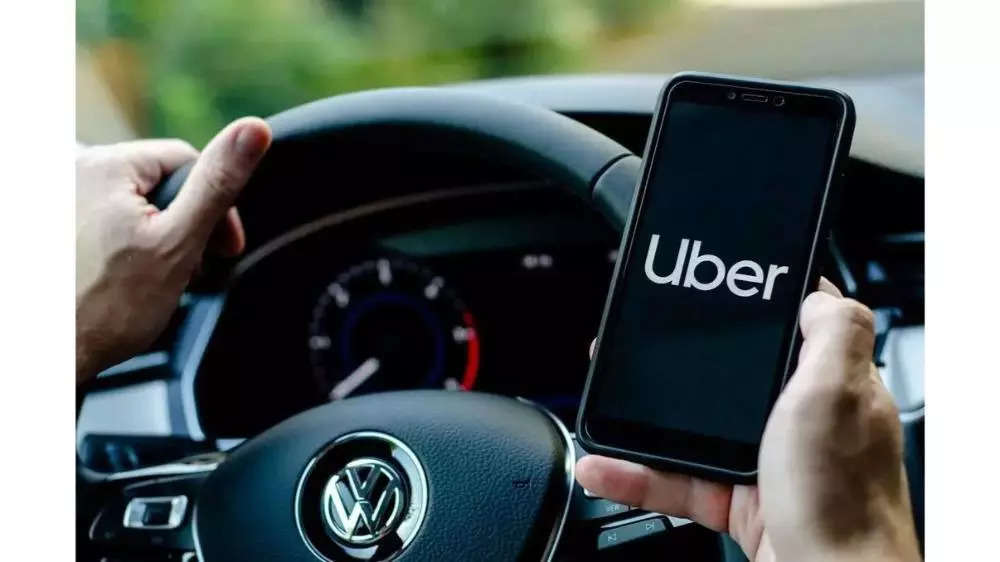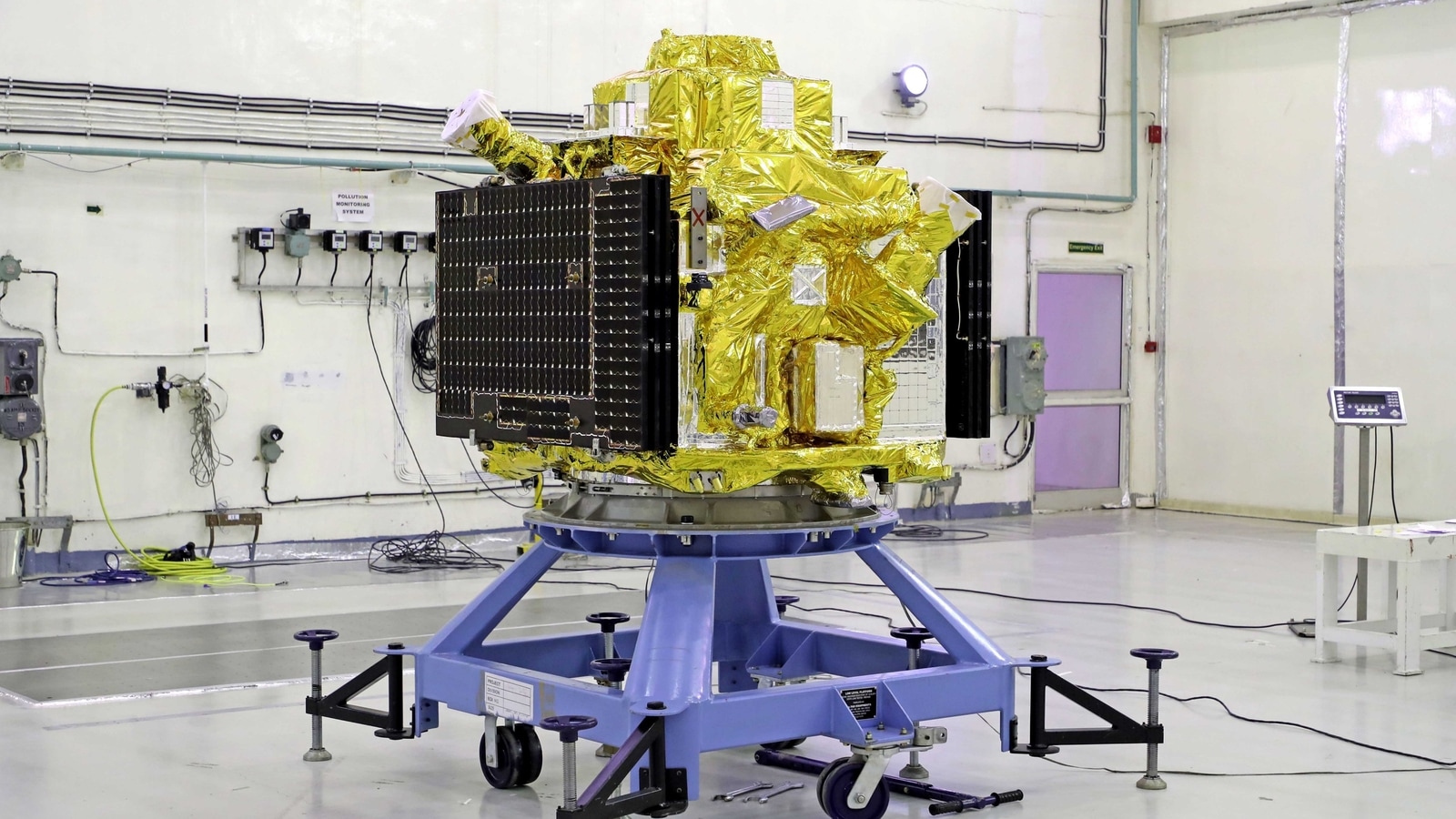Xiaomi EV: Five core EV technologies to debut with Xiaomi SU7 car
[ad_1]
Smart electric vehicles are trending towards integration of the automotive industry with consumer electronics and intelligent ecosystems. Integrating full-stack technologies is a necessary step for the industry’s evolution. Lei Jun stated that by integrating industrial manufacturing, smart software, and AI, Xiaomi EV will completely redefine the automotive industry, marking a significant leap in its technological landscape.
Xiaomi EV is committed to a bottom-up approach, starting from developing foundational core technologies and in-depth independent research in key technology sectors. Xiaomi EV has invested over 10 billion CNY in the initial research and development phase. The R&D team comprises over 3,400 engineers and over a thousand technical experts in critical domains both in China and abroad. This conference unveiled breakthroughs in the development of Xiaomi EV’s five core technologies. In key sectors such as E-Motor, Battery, Xiaomi Die-Casting, Xiaomi Pilot Autonomous Driving, and Smart Cabin, numerous Xiaomi EV’s self-developed technologies have become first-of-kind globally or domestically.
E-motor
At the conference, Xiaomi showcased its independently developed and manufactured E-motors, HyperEngine V6/V6s, and HyperEngine V8s. The three E-motors, employing innovative technologies such as Bidirectional Full Oil Cooling Technology, S-shaped oil circuit design, and staggered silicon steel laminations design, rival the performance of traditional large V8 and V6 powertrains from the era of internal combustion engines, pushing the industry’s performance boundaries to new heights.
Notably, HyperEngine V8s, with a maximum speed of 27,200 rpm, 425kW output, and 635N·m peak torque, sets a global record for E-motors. To enable the industry-exceeding standard of 27,200 rpm, HyperEngine V8s employ the industry’s first ultra high-strength silicon steel plate with a tensile strength of 960MPa, boasting strength that surpasses mainstream industry offerings by more than two-times.
For cooling design, HyperEngine V8s adopts a Bidirectional Full Oil Cooling Technology and an S-shaped oil circuit design. For the stator, a dual-cycle oil circuit is employed, increasing the heat dissipation area by 100% and achieving a cooling effect of up to 20°C. Meanwhile, the rotor section utilises a patented S-shaped oil circuit, increasing the heat dissipation area by 50% and achieving a cooling effect of up to 30°C. Additionally, the stator silicon steel laminations feature a “step-like” staggered design, further increasing the effective heat dissipation area by an additional 7%.
HyperEngine V8s is in development and set to be mass-produced and implemented in Xiaomi EVs in 2025.
Xiaomi’s self-developed HyperEngine V6/V6s E-motors boast an industry-leading rotational speed of 21,000rpm, surpassing the most powerful mass-produced electric motor globally. Among them, the HyperEngine V6 super motor has a maximum power of 299PS and a maximum torque of 400N·m, while the HyperEngine V6s super motor achieves a maximum power of 374PS and a maximum torque of 500 Nm.
Battery
Xiaomi has also self-developed CTB Integrated Battery Technology through innovative Inverted Cell Technology, multifunctional elastic interlayer, and a minimalistic wiring system; it features a battery integration efficiency of 77.8%, the highest of CTB batteries worldwide, a 24.4% overall performance improvement, and a height reduction of 17mm, with a maximum battery capacity of up to 150 kWh and theoretical CLTC recharge range exceeding 1200 km.
To ensure stable performance during long-range travel, Xiaomi employs industry-leading safety design standards. The downward-facing pressure relief valve swiftly releases energy in extreme situations, maximising passenger cabin safety. A 14-layer robust physical protection system includes three layers of top support, three layers of side protection, and eight layers of bottom protection.
In terms of heat dissipation, a dual-side water cooling solution implements heat dissipation plates on both long sides of the battery cells, achieving a cooling area of 7.8m²—four times the industry average.
The sides of the battery cells feature 165 pieces of aerogel insulation material, capable of resisting temperatures up to 1000°C.
Xiaomi EV is equipped with a self-developed Battery Management System (BMS) with ASIL-D, the highest functional safety level. This BMS includes three independent thermal runaway monitors and alarms, along with an around-the-clock early warning system. Each Xiaomi battery boasts industry-leading reliability and undergoes the most stringent battery safety tests, including 1050+ safety verifications and 96 times the international standard of durability testing duration.
Xiaomi Die-Casting
Xiaomi has unveiled its self-developed Xiaomi Die-Casting T9100 cluster and proprietary die-casting alloy material, Xiaomi Titans Metal, making it the only domestic automaker simultaneously self-researching both large die-casting and materials.
Xiaomi Die-Casting T9100 covers an area of 840m², with a total weight of 1050t and locking force reaching 9100t. Xiaomi has developed a foundation model quality judgement system that can complete inspections of individual pieces within 2 seconds, offering an efficiency ten times higher than manual inspection. The application of this cluster enables a remarkable achievement for Xiaomi EV, with the rear underbody integrating 72 components into one, reducing welded joints by 840, decreasing overall car weight by 17%, and significantly reducing production hours by 45%.
In material research and development, Xiaomi has developed Xiaomi Titans Metal, a high-strength, high-resilience, heat-treated die-casting material. Xiaomi’s self-developed “Multi-Material Performance Simulation System” selects the optimal alloy formula from 10.16 million possibilities, ensuring a perfect combination of strength, resilience, and stability.
While the industry focuses on the tonnage of die-casting clamping pressure, Xiaomi is steadfastly pursuing a full-stack self-researched path. From materials and equipment clusters to finished castings. Xiaomi has completed nearly all aspects of the large die-casting industrial chain.
Xiaomi Pilot Autonomous Driving
In the field of intelligent software technology, Xiaomi has showcased its unique advantage as a global technology leader, driving the integration of the automotive and consumer electronics industries with intelligent ecosystems. In terms of autonomous driving, Xiaomi has pioneered three key technologies: Adaptive BEV Technology, Road-Mapping Foundational Model, and Super-Res Occupancy Network Technology.
Adaptive BEV Technology is an industry-leading innovation that invokes different perception algorithms based on scenarios. The perception grid has a minimum granularity of 5cm and a maximum of 20cm, with a recognition range extending from 5cm to 250m. This technology ensures wider visibility in urban scenarios, extended vision in high-speed scenarios, and more precision in parking scenarios.
The Road-Mapping Foundational Model revolutionises traditional methods of perceiving road conditions. This model not only recognizes them in real time and intelligently switches to a more reasonable driving trajectory but can also navigate smoothly in complex intersections without relying on high-definition maps thanks to learning from complex intersection scenarios and experienced driver habits.
In terms of obstacle recognition, Xiaomi’s Super-Res Occupancy Network Technology achieves unlimited categories of recognition for irregular obstacles. Compared to traditional networks that interpret obstacles as blocks, Xiaomi’s innovative vector algorithm simulates all visible objects as continuous curved surfaces. This improves recognition accuracy to as low as 0.1m. Additionally, Xiaomi’s self-developed one-click noise reduction feature eliminates the impact of rain and snow on recognition, significantly reducing the probability of misidentification.
In addition to the Road-Mapping Foundational Model, Xiaomi has also independently developed the world’s first production-ready “End-to-End Sensing and Decision-Making AI Model” for automated parking. This model allows for real-time observation and dynamic adjustment when parking in challenging scenarios, such as parking facilities that include elevators.
On the hardware front, the system is equipped with top-of-the-line configurations, including two NVIDIA Orin high-performance chips with a combined computing power of 508TOPS. Perception hardware includes one LiDAR, eleven high-definition cameras, three millimetre-wave radars, and twelve ultrasonic radars on the Xiaomi SU7 Max model. With top-tier configurations and full-stack in-house research, Xiaomi’s intelligent Autonomous Driving system is set to join the industry’s top echelon by 2024.
Smart Cabin
Xiaomi EV Smart Cabin adopts a “human-centric” interaction architecture and features a 16.1-inch 3K central console, a 56-inch HUD head-up display, a 7.1-inch rotating dashboard, and two seat-back extension mounts that allow for the mounting of two tablet devices. It is equipped with the Snapdragon 8295 in-car chip with AI computing power of up to 30 TOPS, enabling an ultimate interactive experience with the linking of five different screens.
The interactive experience of Xiaomi Smart Cabin is similar to tablets, allowing users to quickly adapt without the need for a learning curve. The system operates exceptionally smoothly, with the vehicle OS launching in 1.49 seconds after the door is unlocked. Additionally, it offers seamless cross-device connection between smartphones and the EV. For example, when the phone is brought into the cabin, the console automatically displays an icon, enabling easy access to the phone’s interface with a single touch.
The in-car OS seamlessly integrates mainstream applications, including the whole Xiaomi tablet application ecosystem, with gradual adaptation to over 5000 applications. Smartphone applications can be conveniently pinned to the car console, instantly transforming them into in-car applications. In terms of hardware integration, Xiaomi SU7 supports over 1000 Xiaomi smart home devices for effortless integration with the vehicle, enabling automatic discovery, password-free access, and the ability to set up automation scenarios, creating a robust CarIoT ecosystem. The car interior also has dedicated pin-point expansion connections, supporting plug-and-play functionality for a wide range of devices. To meet the needs of users, Xiaomi EV fully supports CarPlay, the mounting of iPads and iPad accessories, and applications on the rear extension mount.
[ad_2]
Source link
